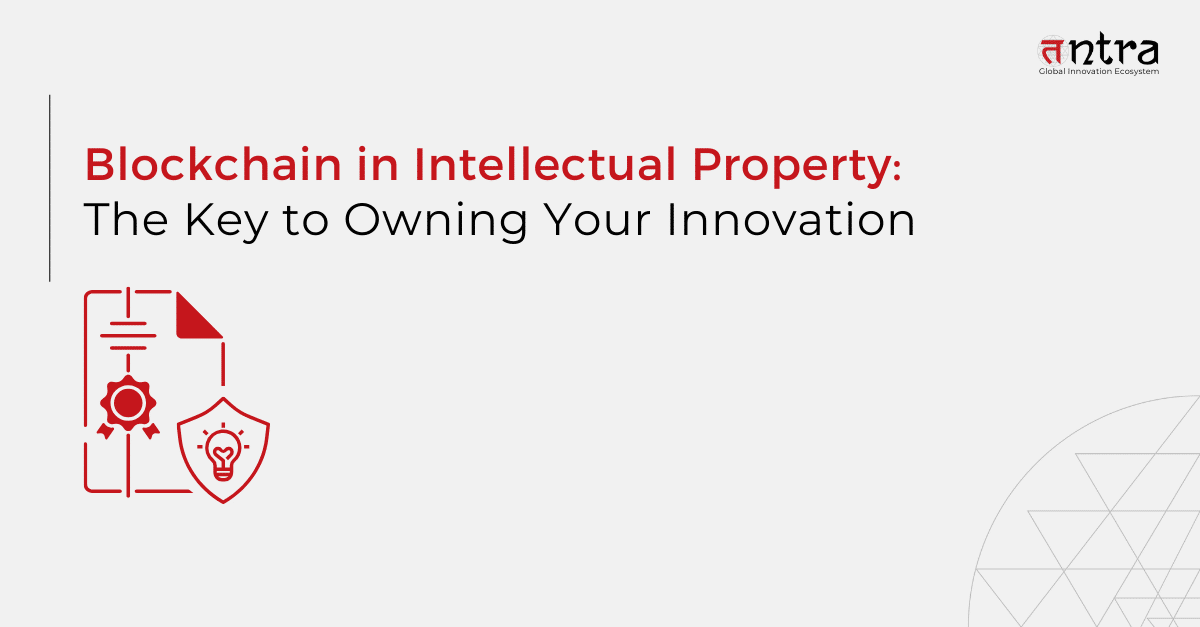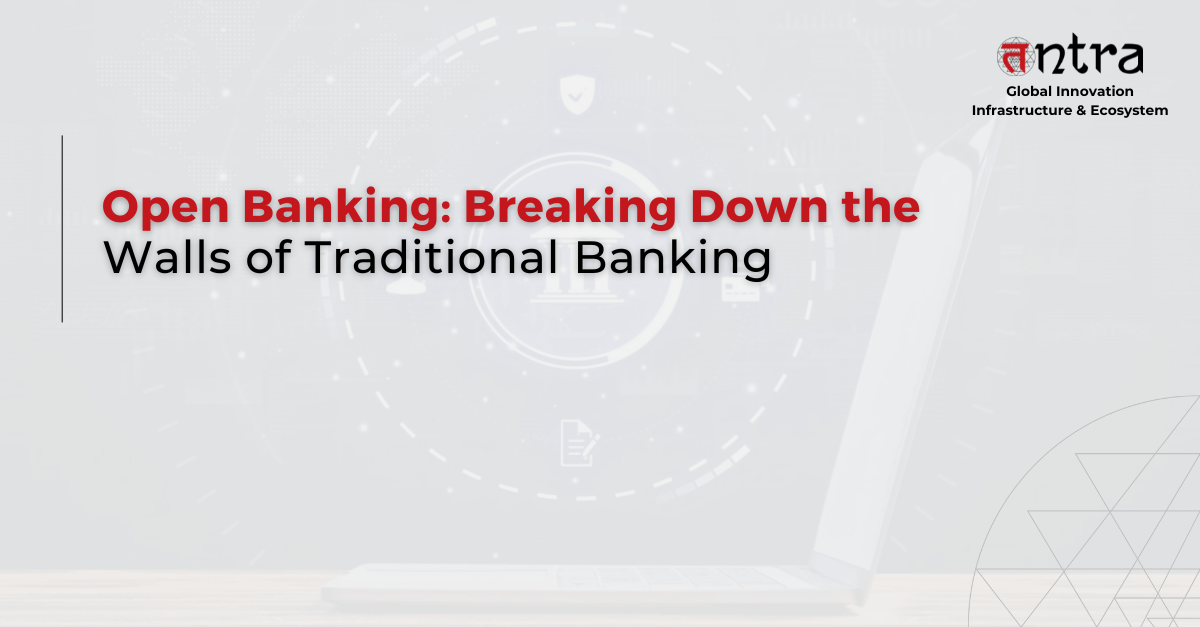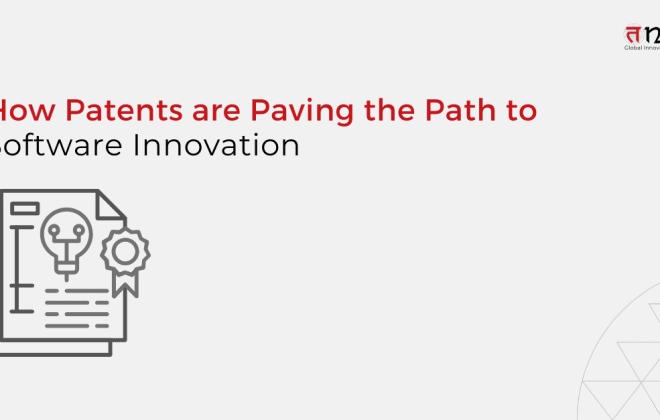
Blockchain in Intellectual Property: The Key to Owning Your Innovation
Table of Contents
ToggleAn open and transparent method of managing intellectual property (IP) rights is provided by blockchain technology. It produces an unchangeable ownership record that can be utilized for proper record-keeping, equitable use of rights, and efficient licensing procedures. By making it simpler to track and confirm ownership of digital assets, blockchain can also aid in the decrease of piracy and counterfeiting. Blockchain may essentially serve as your works’ digital birth certificate, offering a tamper-proof ownership record that can be utilized to settle disputes and expedite licensing. Continue reading to learn more.
Adobe declared that on its Behance art platform, it would be providing support for two new blockchains: Polygon and Solana. This action was taken to provide users with NFTs on the platform. These blockchains are resilient, which is why Adobe added them to its list for intellectual property (IP).
Adobe has implemented the “Content Authenticity Initiative” as a countermeasure against fraudulent NFTs and challenges in IP management. The Content Authenticity Initiative seeks to prevent copyright infringement and duplication while certifying the legitimacy of digital artwork. The business has already worked with well-known NFT marketplaces like Rarible, SuperRare, and OpenSea.
Adobe provides artists with an opportunity to digitally sign their NFTs, thus authenticating their artwork. The NFT marketplace gains legitimacy via this approach. Additionally, it fosters an atmosphere that is more reliable and safe for both producers and consumers.
Google’s parent firm, Alphabet, began integrating blockchain technology into its main products. Alphabet’s interest in blockchain is a component of its plan to stay on the cutting edge of technology and investigate novel uses. The company is investigating how merging this technology with blockchain-based computing layers will improve the performance of its flagship applications, such as YouTube and Google Maps.
Additionally, Alphabet is investigating how its cloud team may use blockchain-based technologies to meet the changing needs of customers. Blockchain may be crucial to ensuring data security and privacy as more users seek these features.
(Source: Mudrex)
The Blockchain Landscape: A Forward Trajectory
MarketsandMarkets estimates that the global blockchain technology industry will produce over $94 billion in revenue by 2027, growing at a compound annual growth rate (CAGR) of 66.2% from its estimated $7.4 billion in 2022. As of right now, North America leads the world’s blockchain market.
According to Statista, global expenditure on blockchain solutions is expected to approach $19 billion by 2024. Gartner, on the other hand, projects that the technology will yield a $3.1 trillion business value by 2030, with blockchain-based systems and blockchain in IP potentially controlling between 10% and 20% of the world’s economic infrastructure.
According to PwC, 61% of businesses currently rank digital transformation projects as their top growth goals, and blockchain technology helps to meet the growing demand for increased safety and openness in the corporate world.
How Blockchain is Transforming Intellectual Property
In a perfect world, your innovation would have a birth certificate that is publicly accessible and forever engraved in a digital record. That is the underlying idea behind Blockchain in IP management. Blockchain for IP establishes a safe, unchangeable trail of ownership, demonstrating your genius behind that viral video or hit song.
For businesses, The impact of blockchain technology on intellectual property (IP) is particularly noticeable as it reshapes the digital environment. Blockchain’s irreversible, transparent, and secure characteristics are creating new norms for licensing, administering, and confirming intellectual property rights.
Here’s how Blockchain changes the game for of intellectual property:
- Accurate Record Keeping
The decentralized, transparent, and impenetrable nature of blockchain technology makes it ideal for recording and confirming IP protection rights. Every file has a distinct fingerprint because blockchain preserves an irreversible record of IP ownership changes and transfers through its decentralized database. IP audits and proof of use in legal disputes can be greatly improved by this unchangeable record of occurrences throughout the lifecycle of a registered intellectual property (IP) and its management.
Furthermore, by time-stamping the original ideas or works, blockchain offers indisputable proof for unregistered IP rights, which is crucial for proving ownership and averting legal problems. Thus, blockchain technology’s unchangeable record makes it a potent instrument for managing intellectual property rights, including the processing of patent data. - Fair IP Rights Usage
Generally speaking, national and international authorities with varying degrees of efficiency and policy have access to the patent data. Thus, it becomes difficult to operate with global patent data. A blockchain that safeguards intellectual property is used to streamline the procedure. Using IP-led software product engineering services, ownership records can be created to monitor rights usage and ownership status.
For instance, each time a trademark is used, the usage can be recorded on the blockchain and instantly reported to the IP office. This can offer reliable, time-stamped proof of the trademark’s use during the course of its existence. - Optimizing the Licensing Process
Adoption of Blockchain technology not only offers a reliable record-keeping method but also streamlines IP licensing procedures. This is accomplished by automating the distribution of royalties, guaranteeing authors’ fast and transparent payment. An essential component of blockchain technology are smart contracts, which allow for the automation of several licensing process phases, including negotiation, compliance checks, and renewal, resulting in improved efficiency in IP management.
By generating distinct digital fingerprints for each piece of material, blockchain helps to reduce piracy and counterfeiting by facilitating tracking and verification. It facilitates the creation of an IP marketplace on the blockchain that enables thorough IP registers, trades, and transactions. Additionally, it increases the flexibility and granularity of IP asset management.
Final Thoughts
By using blockchain technology, copyright ownership may be shown through a tamper-proof chain of evidence. The hash value of a block would change if the contents on it were altered, but the hash value linking the previous block would stay the same, alerting the system to potential tampering. Blockchain-based IP systems not only offer tamper-proofing but also enable ownership tracing of the original work. The data in the block can contain the original copyright date, which can be retrieved to establish IP ownership in the event that a copyright ownership claim is ever disputed.
If you’re looking to integrate Blockchain in alignment with IP in your company, Tntra can help. We are an IP-led software product engineering company that helps companies make the most of Blockchain!
Schedule a FREE CONSULTATION CALL today!





